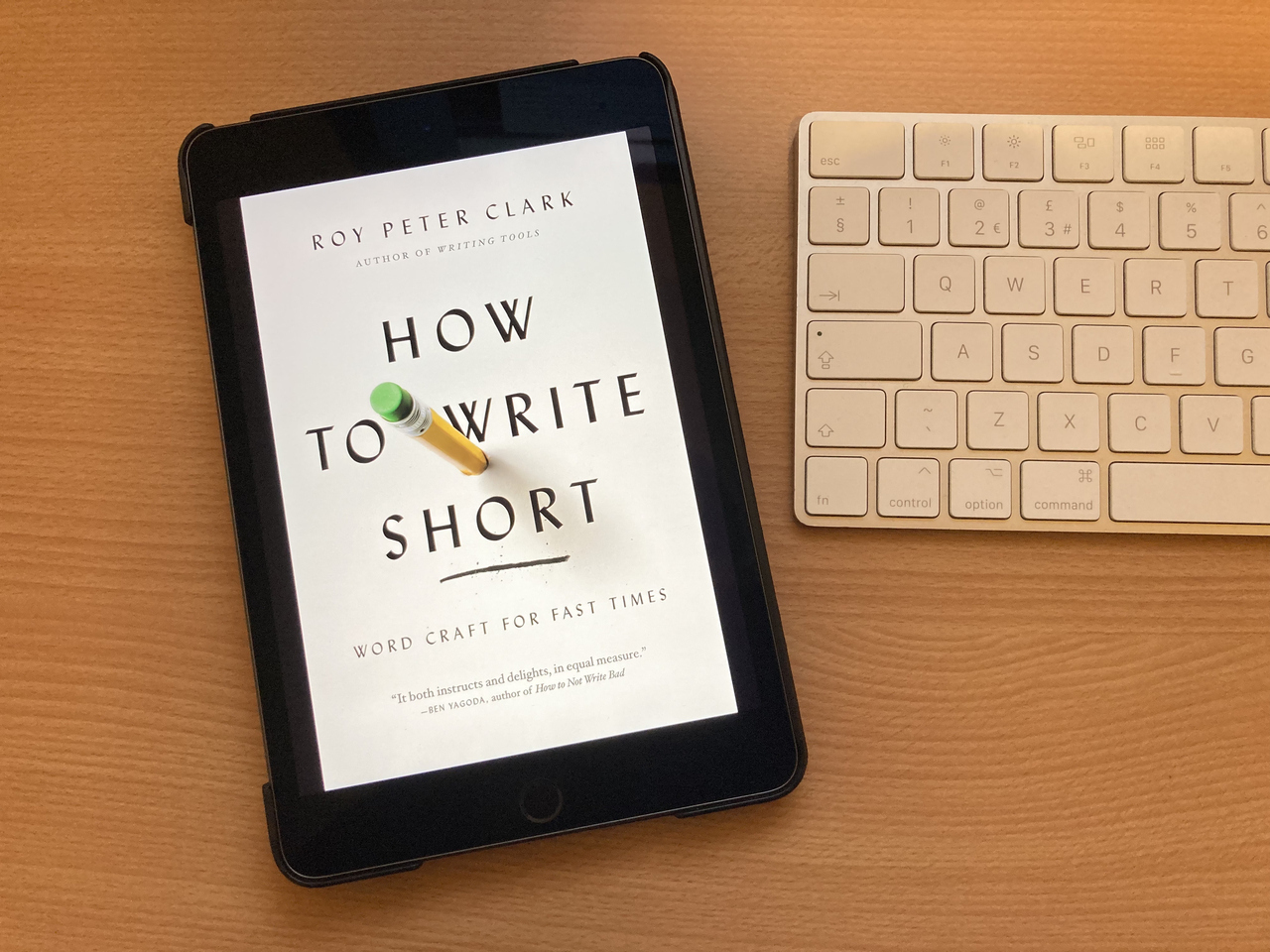
People’s attention spans have never been shorter. This includes your prospective clients or customers, which is why your writing needs to get to the point. Fast. This is something known as, writing short.
Writing short
As you’ll know if you’ve followed my work for a while, I’m an advocate of learning how to write short. (Roy Peter Clark introduced the phrase to me). It’s not for everything you write. Just for those times when space is limited or you want to get an extremely focused message across.
Here are some specific examples, where writing short is essential.
- Email subject lines.
- Tweets.
- Event hand-outs.
- Advertising copy.
- Store signs.
- Elevator pitches.
- Messaging on products / packaging.
- Political slogans.
- Headlines.
- Banners.
- Social media profiles.
- Flyers.
- Vehicle signage.
- Website buttons.
- Calls to action.
That kind of thing.
So, what’s the problem?
By default, most business owners write long and see no reason to write short. And it’s perfectly understandable why this happens.
Think about it.
The internet provides you with endless writing space. You can add an unlimited number of pages to a website, with an unlimited number of words on each page. Your newsletter or marketing emails can be as long as you wish. In other words, you have far more space than you need.
So on the face of it, you have very little motivation to use fewer words than you currently do.
Except you really have.
Write short: The rewards are huge
That’s why I strongly recommend you learn to write with as few words as necessary. It’s a great way to improve your email open rates, get better advertising results, improve your click through rates, get prospects to take action and lots, lots more.
To get you started, here’s some tips on how to write short, from the best writers in the world.